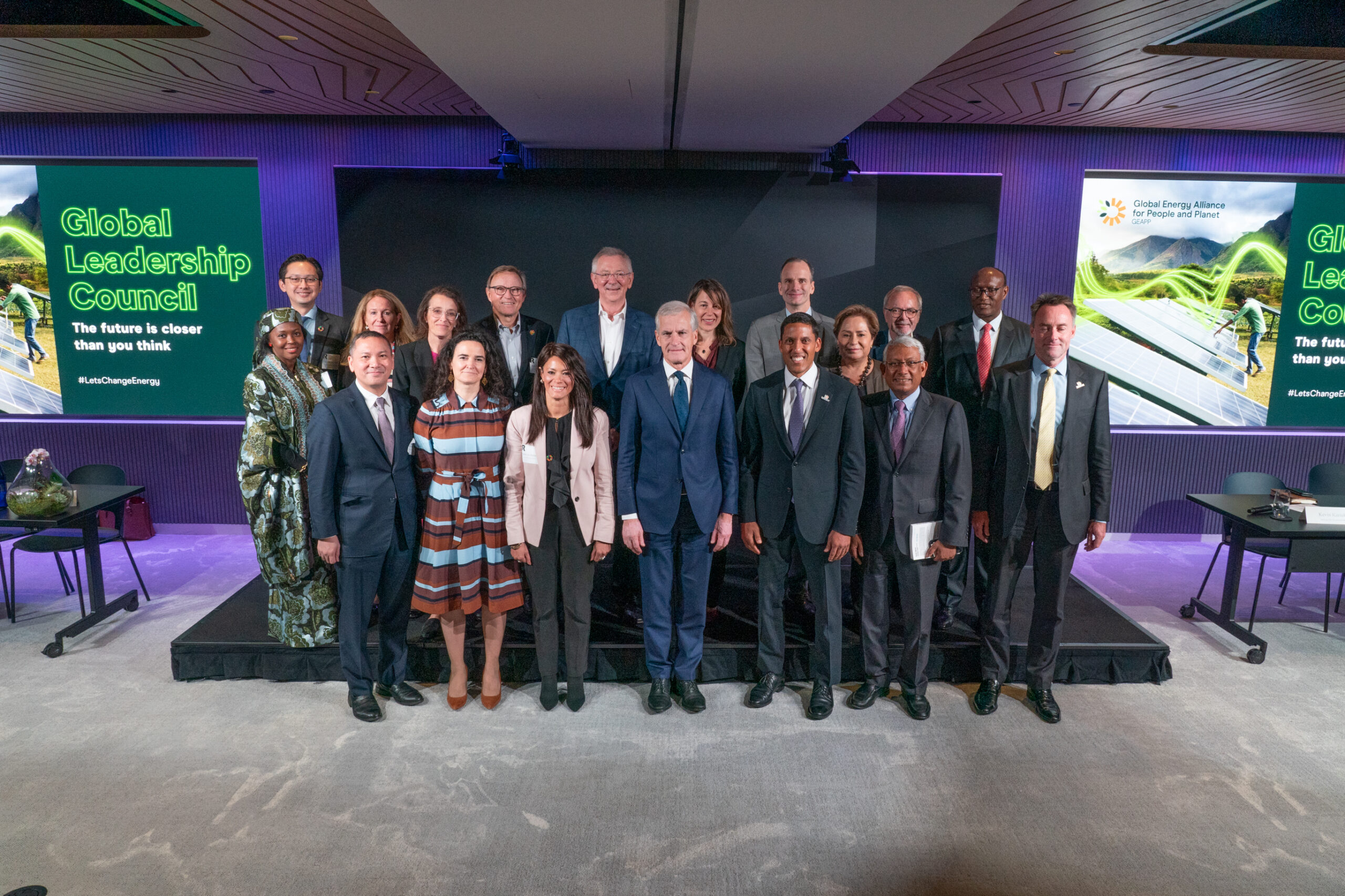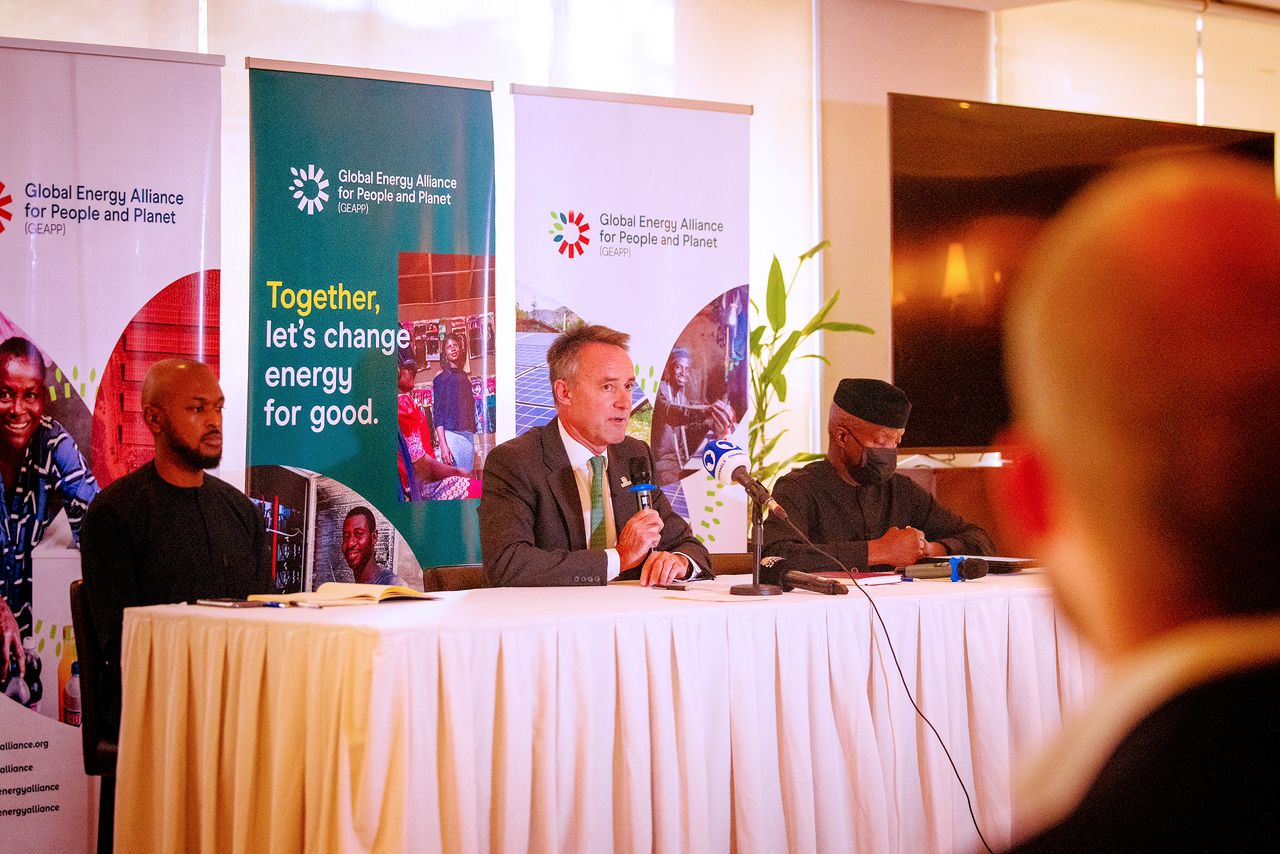The Global Energy Alliance for People and Planet (GEAPP) is committed to supporting the government’s vision for a clean energy transition through our programs. I am delighted to witness that our endeavors under the PM KUSUM-C scheme have been recognized, and we are pleased to see that we are moving in the right direction, as evidenced by its incorporation into policy. Recent revisions unveiled under the scheme demonstrate the significance of adopting a broader perspective on land aggregation. In particular, the collaboration between GEAPP and Mahatma Phule Renewable Energy and Infrastructure Technology Limited (MAHAPREIT) to execute 1,000 MW of decentralized solar projects in Maharashtra highlights this necessity. The amendments now acknowledge that Maharashtra’s land aggregation model is forward-thinking and has been meticulously planned, setting it apart from existing arrangements undertaken by other states.
Given the relatively smaller size of individual solar projects with substations, the recent changes acknowledge the potential to leverage economies of scale and attract reputable solar power developers (SPD) by grouping multiple substations together as a single bidding group. Subsequently, the SPDs can be authorized to present a unified tariff quote for all projects within the grouped substations, enabling them to sign a single Power Purchase Agreement (PPA) with a DISCOM.
The amendments highlight changes to land lease rates, identifying substations, and the tentative development of an online platform to serve as a centralized portal for land aggregation. The government can utilize the portal to advertise its intention to lease land from farmers, while also providing comprehensive information about the lease rates. Farmers interested in leasing their land near a substation can directly apply through the portal, which will include offline applications. GEAPP is already collaborating with MAHAPREIT on a project management unit (PMU) to assist in conducting land surveys, identifying land parcels, aggregate demand, and conducting tenders to onboard EPC players. Our collaboration will also look at creating a digital platform to capture real-time data and analytics. Other key objectives are reducing emissions by 400,000 tons annually and supporting 100,000 farmers.
GEAPP supports MAHAPREIT by monitoring project installation and quality. We assist in developing blueprints for strategic planning and offer hand-holding support in operations and control management throughout the project’s life cycle. Our plan is to launch a cluster-led SME solarization initiative with an objective of 500 MW of decentralized solar. Sangli, Nasik, Ichakranji, and Kolhapur have been identified as the focus districts for the first leg of the program and post its success, it will be scaled across other districts of Maharashtra.
Every program undertaken by GEAPP is designed with a focus on national priorities, ensuring our efforts align with the government’s vision for the country and deliver results in accordance with its planning. This also encompasses state governments, as they play an equally vital role in facilitating energy transitions. Solar energy is poised to play a significant role in India’s ambitious goal of generating 500 gigawatts (GW) of electricity from renewable sources by 2030. With a target of 280 GW of solar power by the same year, this translates to a requirement of 40 GW per year over the next six years. GEAPP’s solar installations are currently progressing at a rate of approximately 5 GW per year with an aim to increase this capacity by six or seven times in the next six months.
Information sourced from: pmkusum.mnre.gov.in



